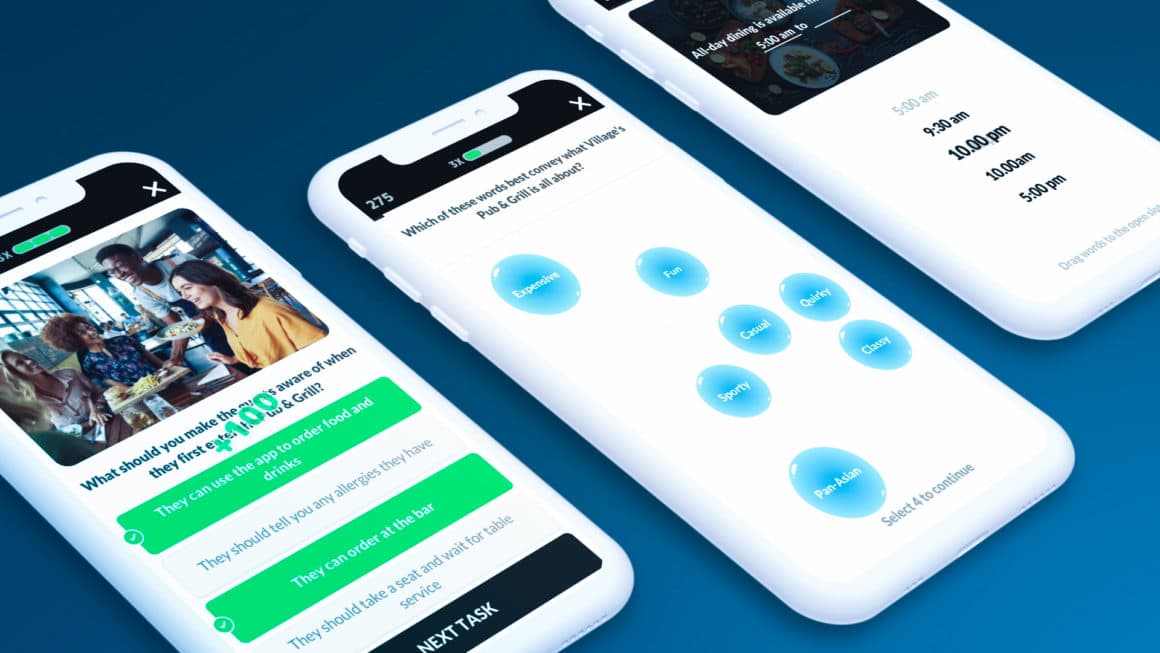Employee enablement helps your people grow
- Employee enablement: The practice of giving employees everything they need to work to the best of their ability. It’s what takes employee engagement to the next level.
What is the difference between employee enablement and employee engagement?
- Employee engagement; is all about aligning company values and maintaining productivity to keep employees on task.
- Employee enablement; is an ongoing process. Advancing efficiency by giving your employees what they need to be the best they can be, consistently. For example, providing ongoing training or benefits and initiatives.
What is the difference between enablement and empowerment?
Although there’s a lot of crossover, employee enablement and empowerment are actually quite different.
To put it simply, empowerment teaches employees to be confident decision-makers. Enablement is supplying the tools for consistent and high quality performance.
By giving your employees the authority to problem solve in your organization, they’ll feel like a valued member of the team. Therefore, they’re empowered.
To recap:
- Employee engagement: Producing a motivated workforce that is committed and connected to the values of your company.
- Employee enablement: Supplying all the tools your people need to be exceptional.
- Employee empowerment: Allowing employees authority over decision-making and problem-solving responsibilities.
Why does employee enablement matter?
Helping your people to reach their full potential will almost certainly have a positive impact on meeting your business and employee goals.
Employee performance
Enabling your employees with the right tools will help performance skyrocket.
Gallup reports that increasing engagement can result in a 17% increase1 in workplace productivity. A big plus for everyone.
Alongside engagement and productivity, you’ll see employee autonomy shoot up too. When your team is able to recognize what they need to succeed, and how, they’ll always make the extra effort to perform to their best.
Employee retention
If you consistently enable employees by providing opportunities to grow and develop, there’s less reason for them to seek other opportunities.
When workers can constantly learn and improve their skill sets without tedious training days and seminars, you’re training a workforce that has an outstanding level of knowledge, both in terms of their role and the wider organization’s culture.
Potentially the biggest win of employee enablement is the savings to recruitment costs. Deloitte has calculated that if a company loses an employee paid $130,000 per annum, it would cost over $109,0002 to replace them.
Improved business performance
Retaining your best employees will always be great news for your businesses’ performance. But when these workers are provided with the best tools, this is only enhanced.
Gallup found employees who are engaged and enabled at work are at least 21% more profitable.
The nature of employee enablement means it’s an ongoing process.
Giving your team the right resources and opportunities to grow can create a massive positive impact on business performance further down the line.




